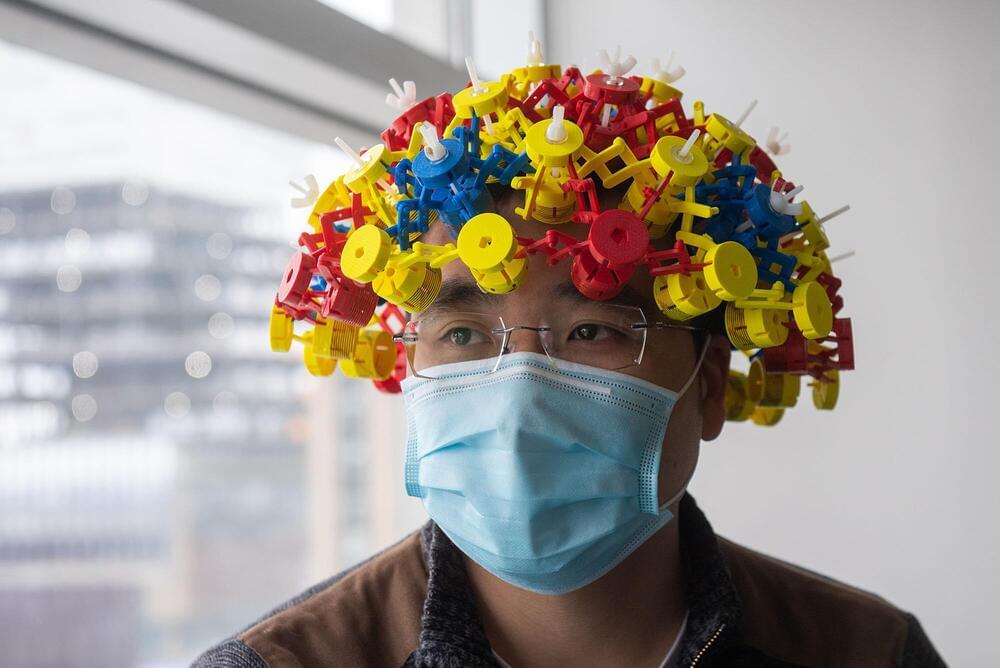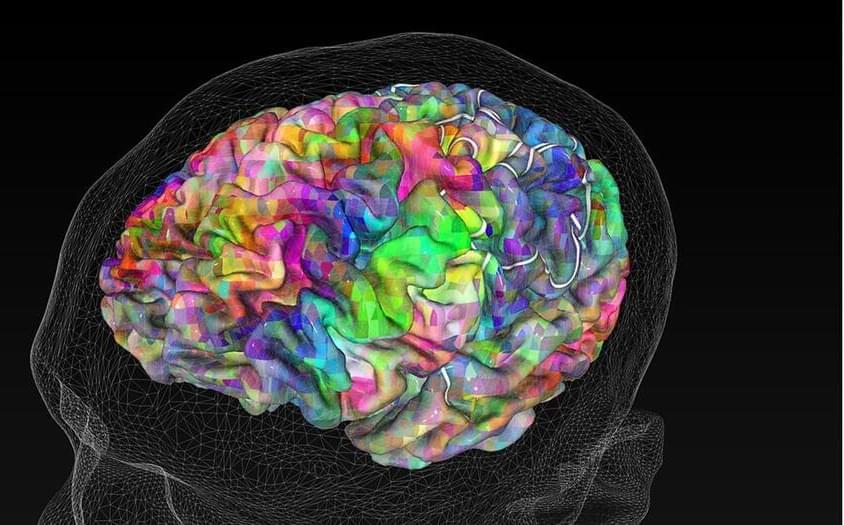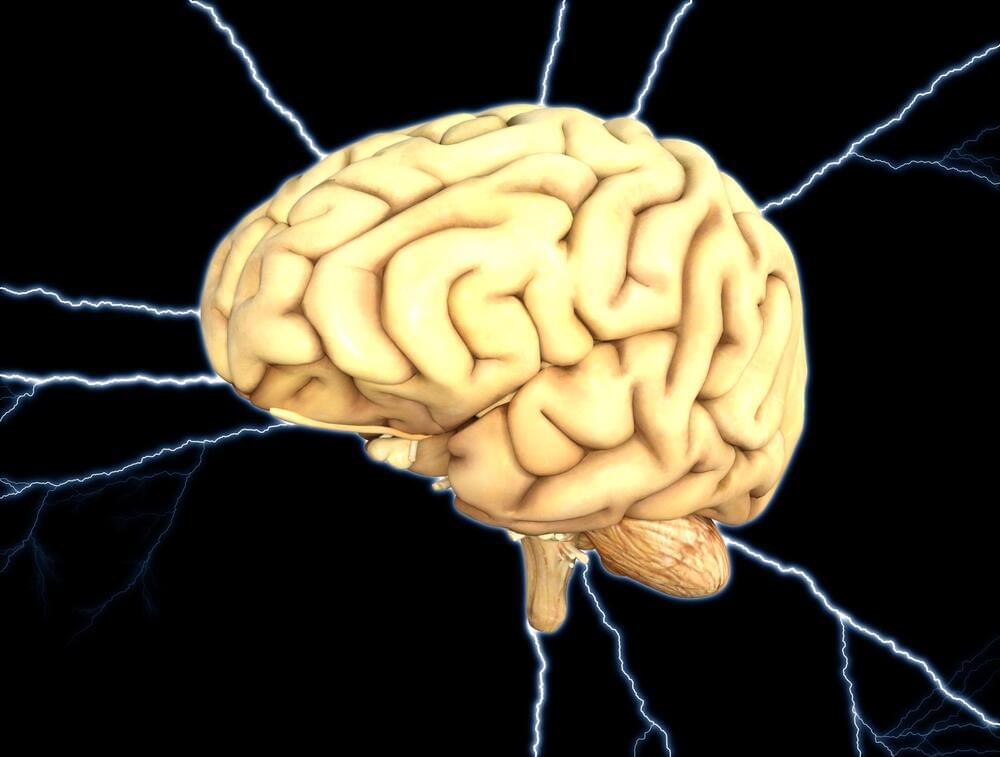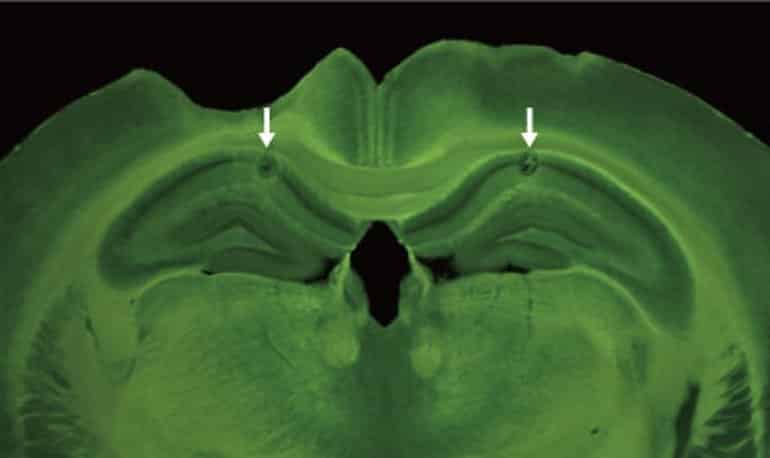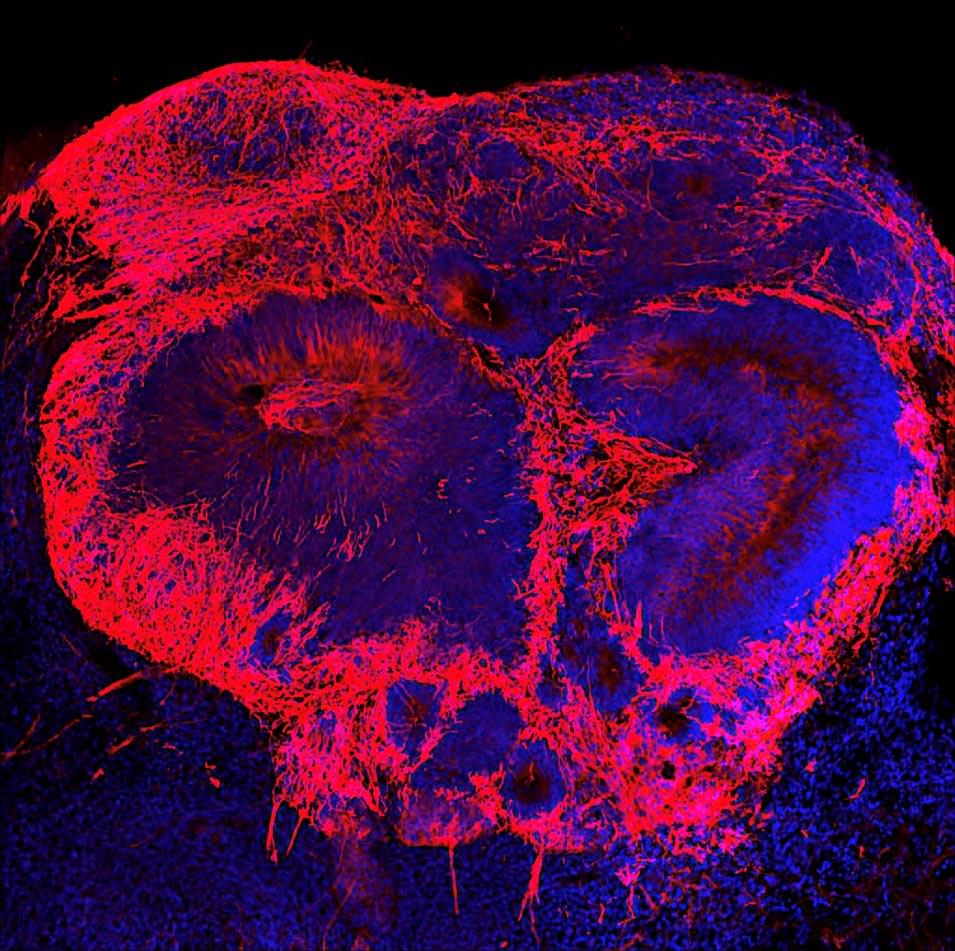Work remotely, work more jobs.
With the pandemic’s turbocharged acceleration of remote work options, many employees have sought to capitalize on the lack of personal supervision by secretly working two (or more) full-time jobs at once. But while there’s more money to be made, the strategy brings with it significant tradeoffs, namely mental health.
#Jobs #FutureofWork #BloombergQuicktake.
“The Future of Work” explores how work has changed during the Covid-19 pandemic, and which of these changes are likely here to stay — looking at office spaces, the shift in work culture, managers, & their employees from both a macro & micro level. Check out the rest of the series here: https://youtube.com/playlist?list=PLqq4LnWs3olXfYle__avndejcvzm-hDGA
——-
Like this video? Subscribe: https://www.youtube.com/Bloomberg?sub_confirmation=1
Become a Quicktake Member for exclusive perks: https://www.youtube.com/bloomberg/join.
QuickTake Originals is Bloomberg’s official premium video channel. We bring you insights and analysis from business, science, and technology experts who are shaping our future. We’re home to Hello World, Giant Leap, Storylines, and the series powering CityLab, Bloomberg Businessweek, Bloomberg Green, and much more.
